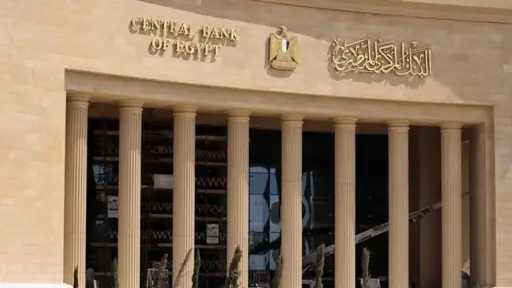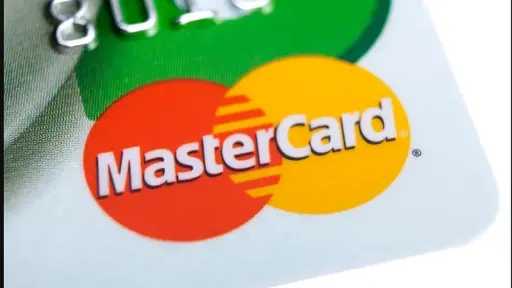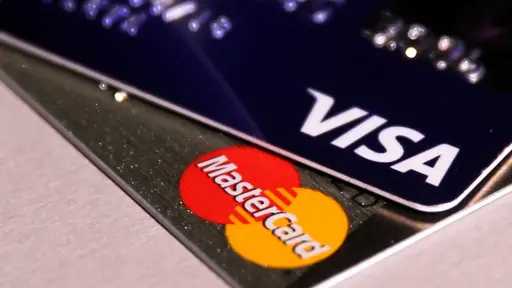Mastercard, Visa play down stablecoin threat

Visa and Mastercard, the two biggest U.S. card networks, are eager to tout the benefits they may gain from the advance of stablecoins and dismiss the threat those cryptocurrencies pose.
As stablecoin legislation has advanced in Congress the possibility has increased that these cryptocurrencies will soon have a legal framework in the U.S.
As a result, businesses are rushing to embrace the new digital currency typically pegged to the U.S. dollar.
Banks, including JPMorgan, and merchants, such as Shopify, are rolling out plans for how they will incorporate the acceptance of stablecoins as consumers and businesses encounter more opportunities to use the emerging technology. For the moment, stablecoins are more often serving as a store of value, an investment vehicle, than a method of payment.
In a presentation this week by Mastercard executives, that company made clear that it’s seeking to embrace what opportunities currently exist for integrating stablecoins into its offering. At the same time, they emphasized the nascent nature of stablecoin as a means of payment, and downplayed the immediate threat of it disintermediating cards.
Mastercard Chief Product Officer Jorn Lambert contended that 90% of the current stablecoin volume is for trading in other cryptocurrencies, such as bitcoin.
“It is not currently used as a general purpose payment tool,” Lambert said on the Monday call with analysts. “While the technology powering stablecoins holds tremendous promise – high speed, 24-7 availability, low cost, profitability, immutability, etc. – those attributes alone do not suffice to turn stablecoins into a payment tool.”
Card services also offer a host of attributes that stablecoins do not, Lambert asserted, noting the reliability, predictability, wide distribution network and anti-fraud capabilities of card networks.
Still, Lambert and Chief Commercial Payments Officer Raj Seshadri outlined how the company is seeking to cater to those financial institutions and companies trying to use stablecoins. They argued that delving into the stablecoin world will increase Mastercard’s revenue more than it will undercut it.
Mastercard already allows for some purchases using stablecoins, but it’s also aiming to expand those use cases, partly by partnering with other companies operating in that arena.
For instance, the card network said in April that it will work with payment technology company Nuvei and crypto exchange OKX to enable stablecoin use in consumer payments and digital wallets. The company also said last month that it’s linking with blockchain company Paxos to smooth the acceptance of stablecoins across its network.
They suggested there is a significant role for Mastercard to play in acting as a bridge between fiat currencies and the crypto world, connecting to it as they do for the 150 other currencies that the card network handles.
“Scaling stablecoins will fundamentally be about utility to consumers and businesses, and interoperability between the existing financial system” and stablecoins, Lambert said.
He outlined three ways in which he sees Mastercard entering that realm, specifically by offering cards as a means to buy and sell stablecoins; by supporting financial institutions and digital wallets that offer stablecoin use; and for business-to-business and cross-border transactions.
“What stablecoins bring is another choice for businesses and consumers in how they pay and want to be paid, and how they transfer money across borders,” Seshadri said during the call.
When asked about the possibility of stablecoins enabling the bypassing of card networks, Seshadri brushed off that potential challenge happening anytime soon. She noted that there are already low-cost alternatives like stablecoins in the payments ecosystem and asserted that moving in and out of stablecoins will typically include using fiat currencies. She also emphasized commercial users, in particular, benefitting from holding value in fiat currencies.













